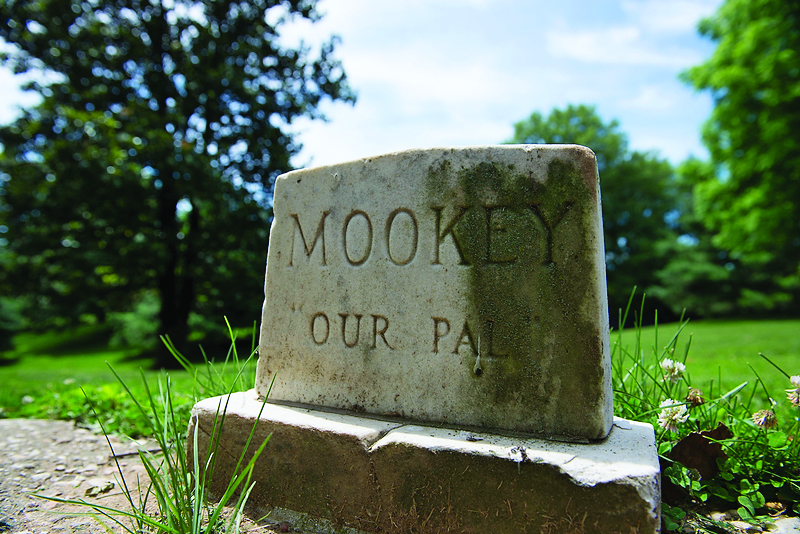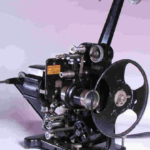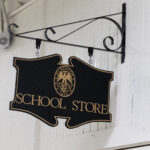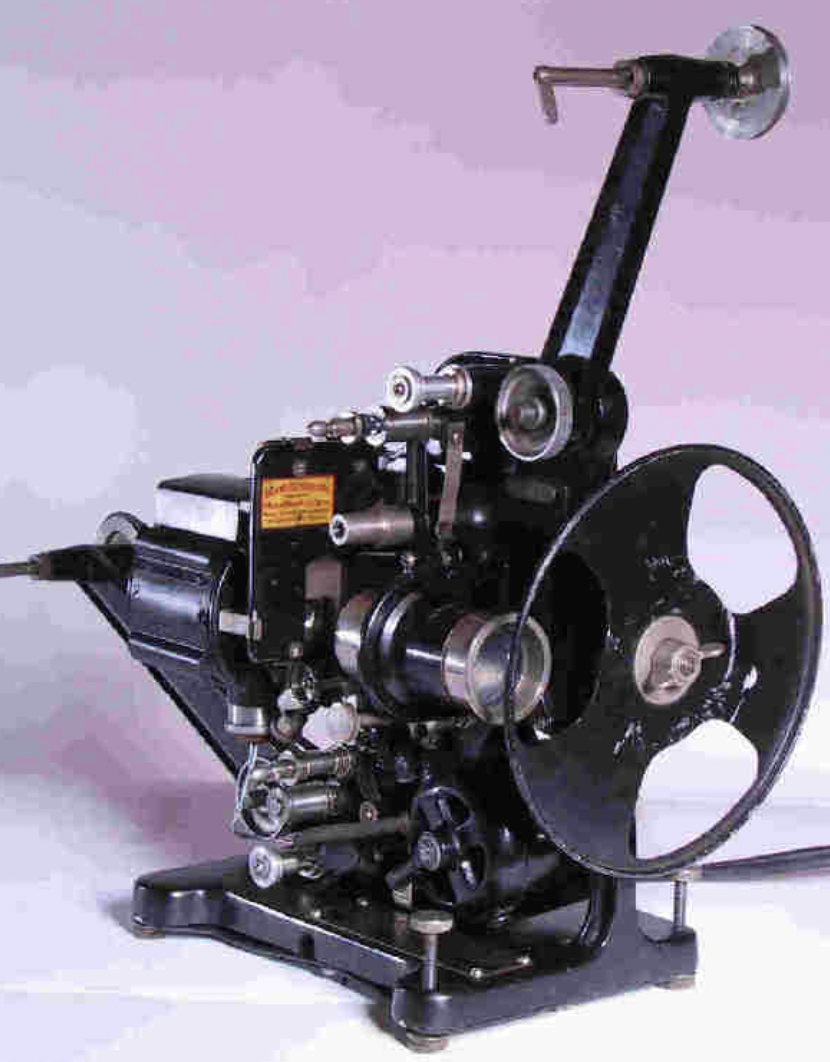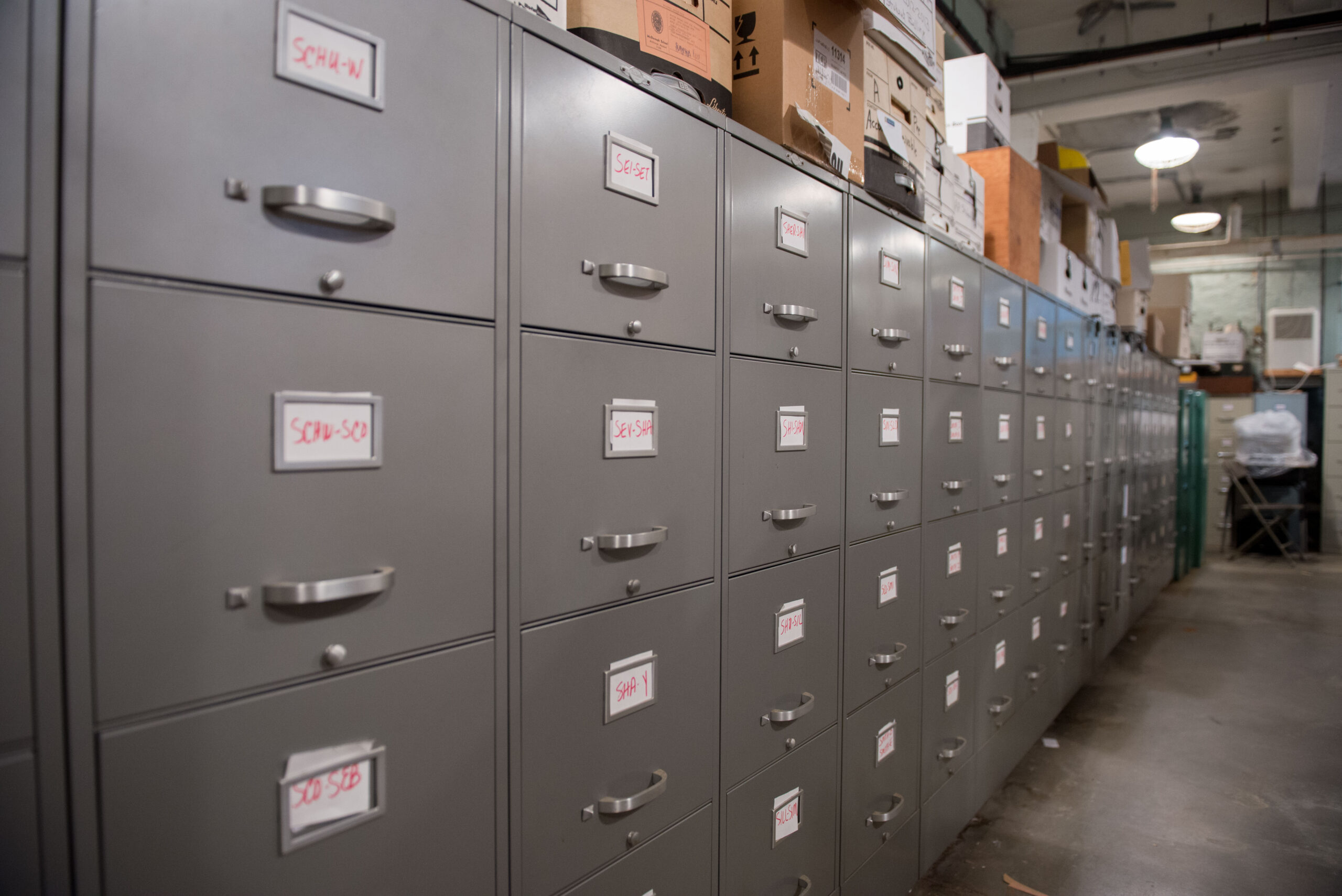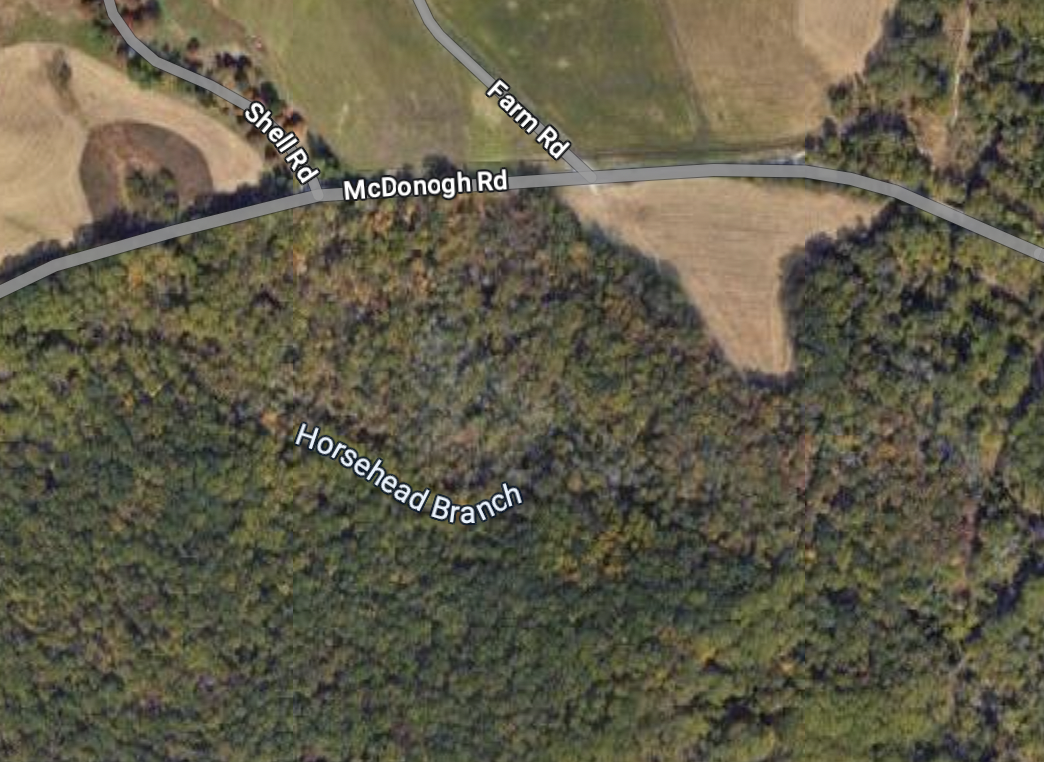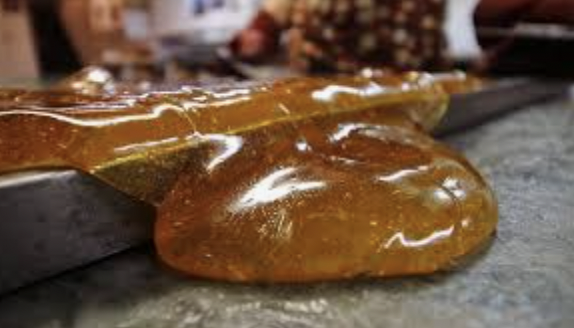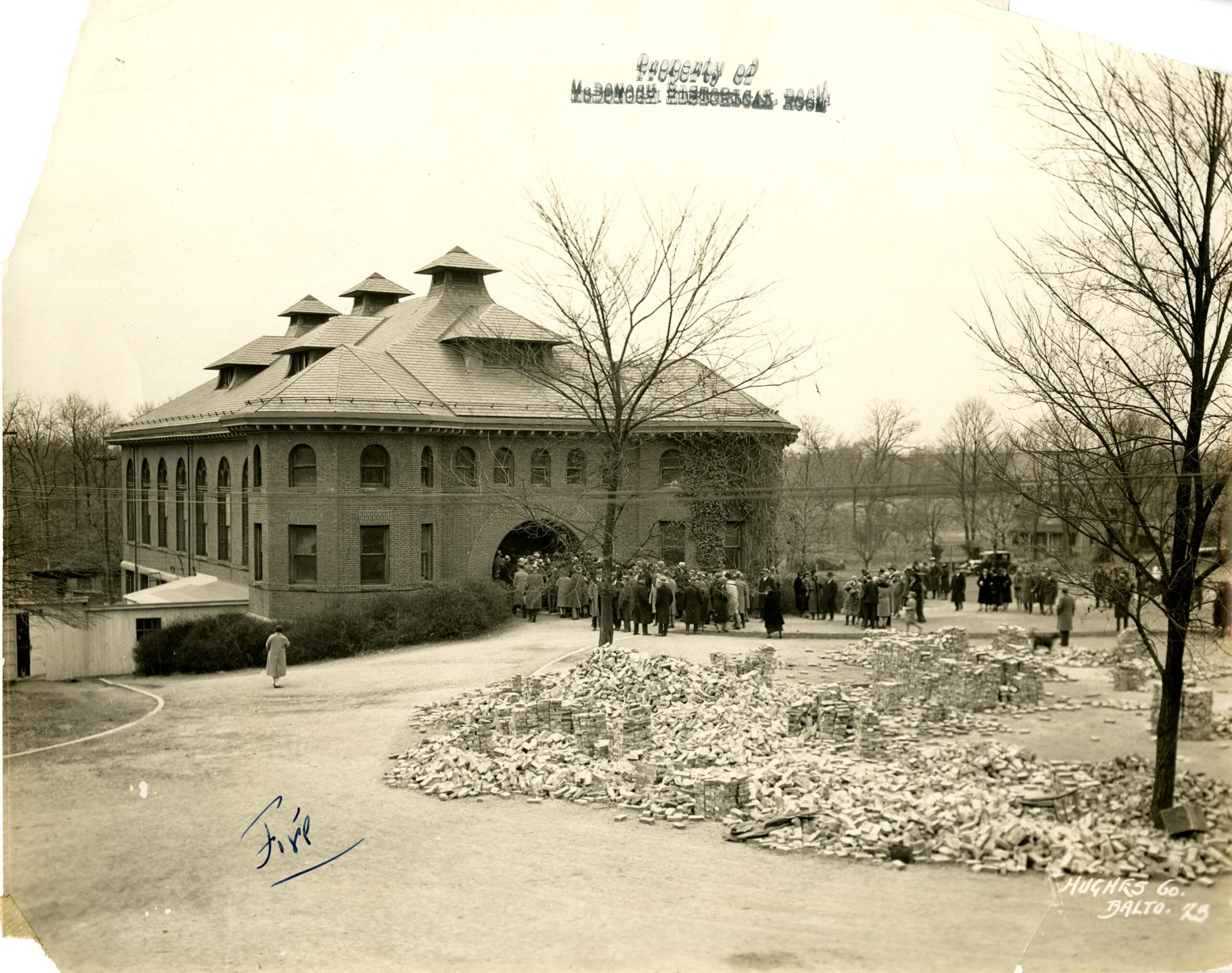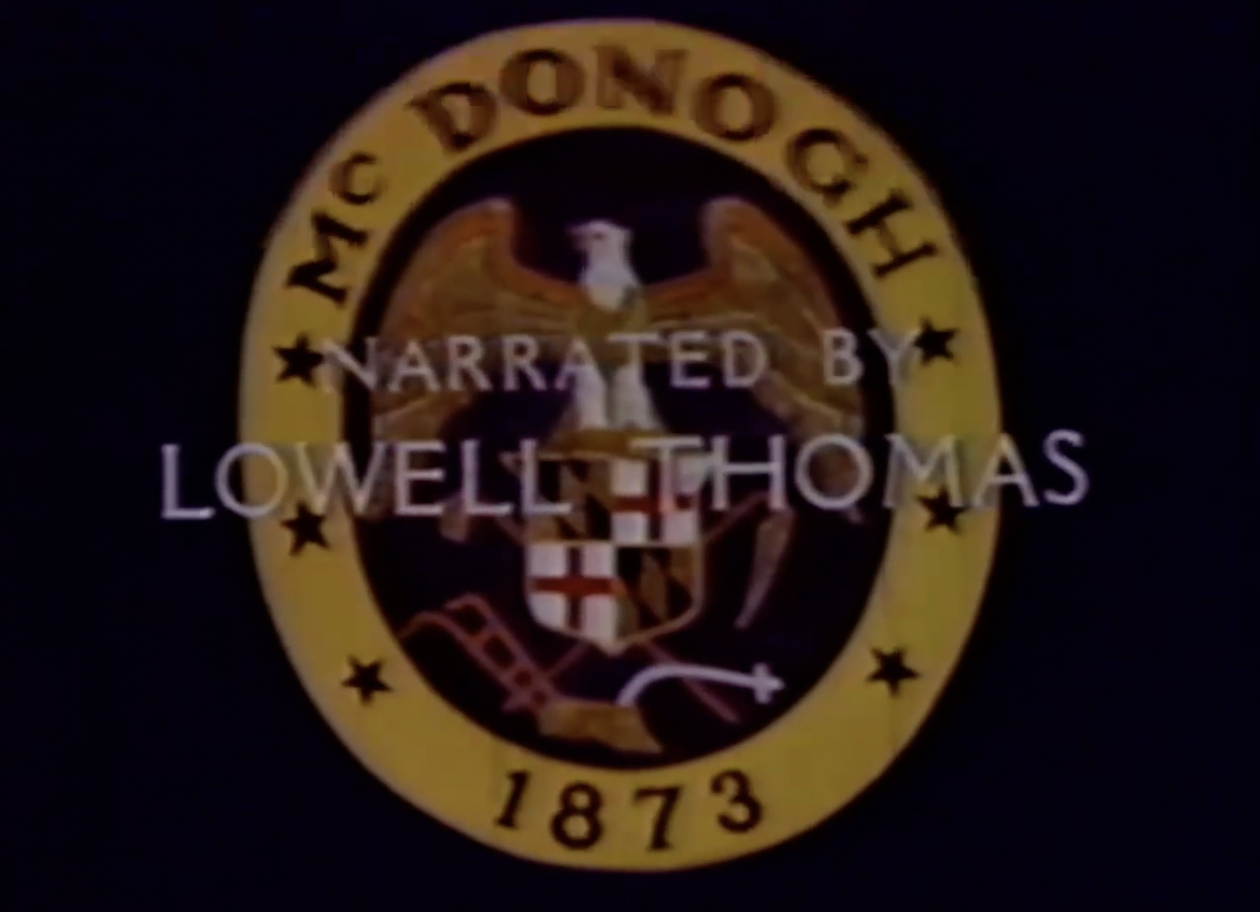While combing through 140 years of The Week, consulting McDonogh School: An Interpretive Chronology by Hugh F. Burgess, Jr. and Robert C. Smoot III, visiting the Wilson | Young Archives and Special Collections, reviewing past issues of McDonogh Magazine, and more, the following bits and pieces jumped out. These interesting, lesser-known pieces of McDonogh’s 150-year history are too good not to mention.
- 1883 Census: The Week published a census of McDonogh’s population on August 4. The story said, “This may not be of much interest to us at the time but it will be interesting to a McDonogh boy a hundred years from now. The list includes everybody living on the McDonogh Farm on the 15th of July. The total is 121. Of these, 15 are children under ten.” – 1883
- Walnut taffy: The taffy business is a very good business. Using their haul from Walnut Day (see story No. 60), industrious boys made and sold walnut taffy. The recipe was: cook a half gallon of molasses until almost boiling, stir in a half pound of sugar and a half pound of butter. Keep stirring. The molasses is ready when a drop, added to a cup of water, sticks to the bottom. Pour a layer of the molasses mixture onto a pan, spread nuts over it, and pour the rest on top. Allow it to air dry until it becomes hard. – 1883
- McDonogh quarry: McDonogh quarried stone found on the property. Some stones were sold for use as anchors for buoys in the Baltimore Harbor, and other stones were used in the construction of Edwards Gymnasium (see story No. 86). Quartz from the quarry was also sent to New Jersey for the production of fine china. – 1900
- Pressing needs: The Board presented the Baltimore City Council with a list of “pressing needs” that could not be met by endowment income. They included an increased water supply, improved fire protection, a new dormitory, a new toilet and closet building, an isolation ward, and electric lighting. – 1900
- Shoe mender: “The shoes that cannot be mended by the boys are sent to the shoe mender at Owings Mills. If Mr. Grace thinks them too far gone he sells them to the old rag man when he comes around. After the shoes are mended they have to be carried to Mr. Grace, who gives them out to the fellows that need them. Sixty-five cents a pair is the cost of mending.” The Week, 1909
- Nicknames: “Almost every boy in the school has a nickname. Some of the nicknames are: Lucy, Happy, Chicken, Rosy, Mouse, Donkey, Old Horse, Baby, Sister, Pink Whiskers, Froggy, Shakespeare, Flute, Bones, Bip, Reds, Sherlock, Jake, Tin Can, Dips, Little One, Googles, Dusty, King, Columbus, Egg, Smiley, Caesar, Pig, Snorton, Hash, Trust, Belley, Old Maid, Poodle, Bob, and Spibby. The teachers also have nicknames but these I will not mention.” – The Week, 1911
- Pet buried with military honors: Mookey, a dog that reportedly came out of the woods to join a Lower School picnic, fell prey to a taxi cab and was buried with full military honors behind the chapel. Tales were told of how he fell asleep on the stage at a Patrons Meeting and how he used to sleep on the mailbags in the Post Office. – 1941
- POWs work on the farm: Five German POWS quartered in Pikesville worked on the farm in 1945. They moved potatoes, filled silos, and cut corn. Over the winter, they aided Mr.Horner in the construction of a greenhouse. – 1945
- Promotional film on School: A movie about the life of the School was made under the auspices of the State Department. It was narrated by Lowell Thomas (a broadcaster known as the golden voice of radio) and placed considerable emphasis on horses and wholesome meals. Watch the movie here. – 1945
- Bomb shelter: A cement tunnel between Keelty Hall (formerly known as South Hall) and Jane Bay Dormitory is lined with water pipes that carry hot water. The tunnel is believed to have been used as a bomb shelter when air raid drills were a common occurrence. – 1968
- Campus fires: The fire that completely destroyed New House in 1928 wasn’t the only fire on campus. Over the years, a number of other fires damaged or destroyed property including: the west wing of New House (1896); Old House aka Foxleigh Mansion (1914); the cow barn and eight other buildings (1919); the linen room in New House (1927); the Teachers Barn (1940); the biology room in Allan Building (1947); the Bank Barn home to horses and farm equipment (1955); and Fringer House (1968) which was the last remaining house that existed when the original Foxleigh Estate became McDonogh.
